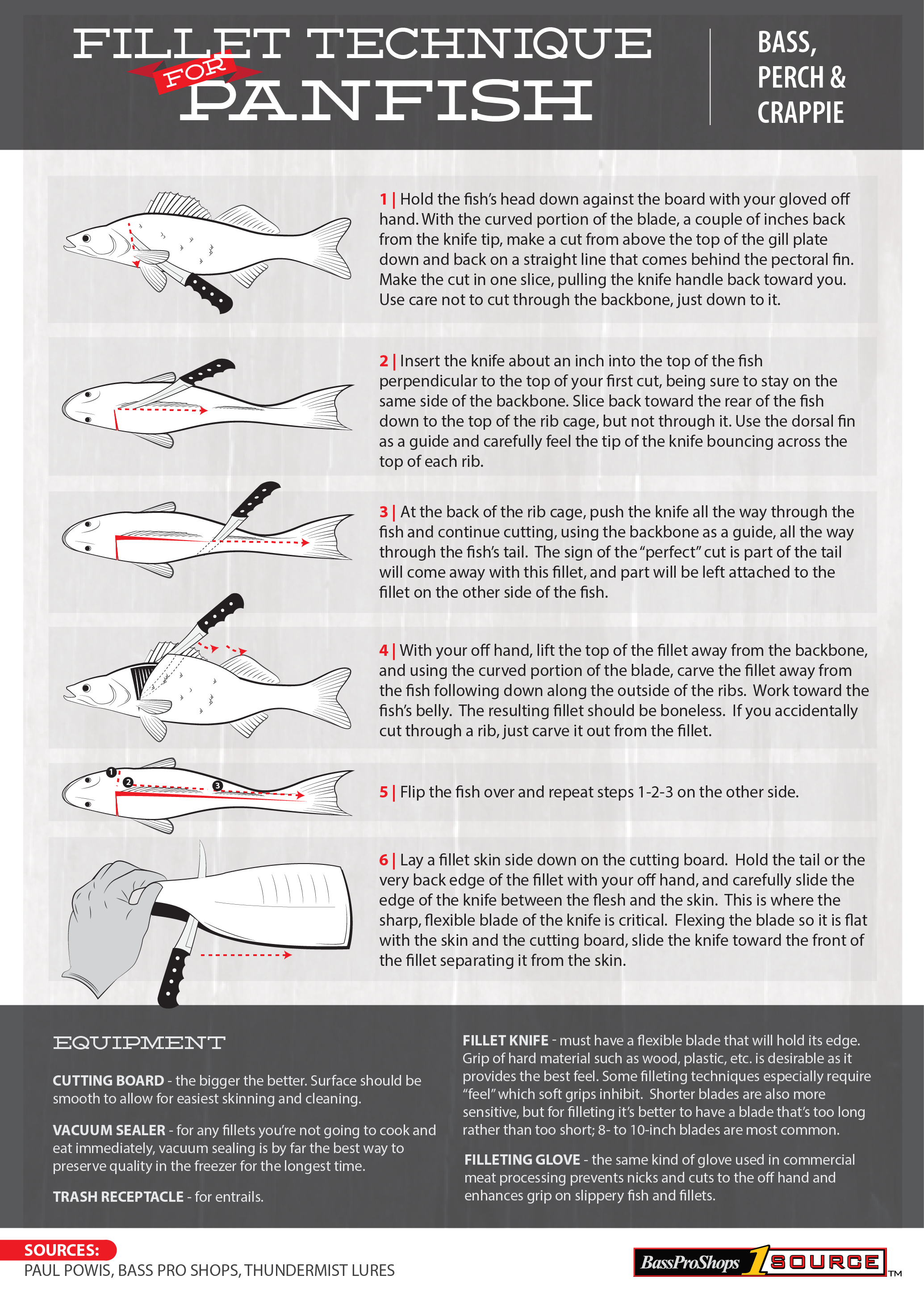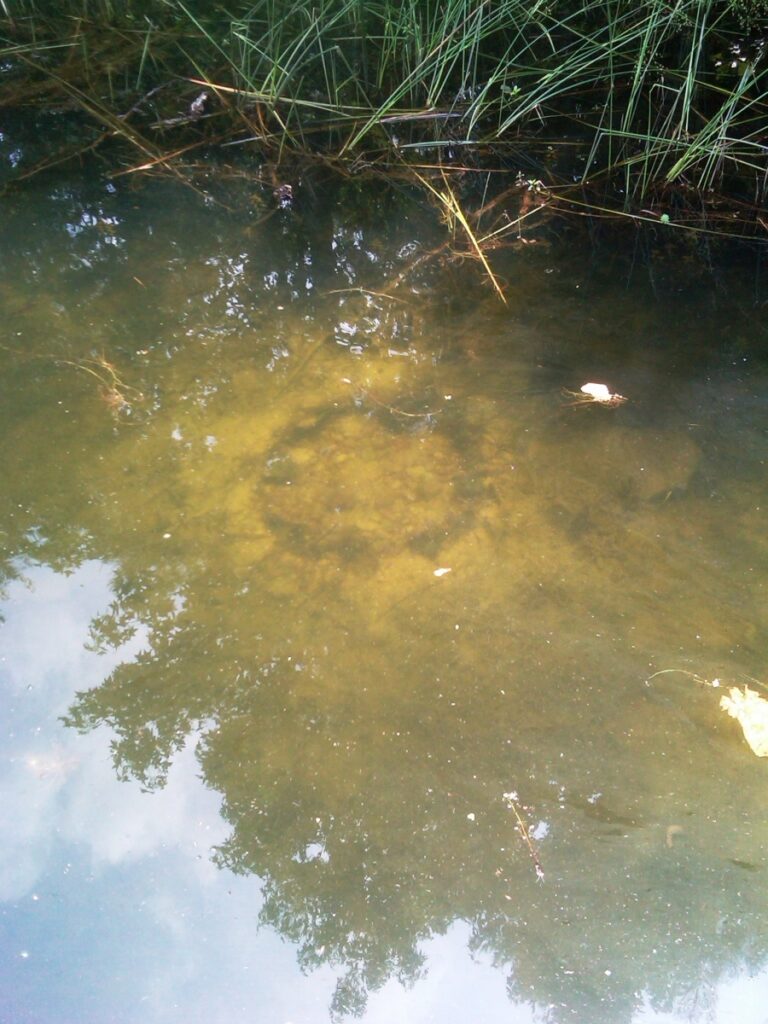How to Clean a Smallmouth Bass

To clean a Smallmouth Bass, first remove the scales with a fish scaler or knife and then gut the fish by making an incision from the anus to the base of the gills. Next, rinse the cavity and exterior thoroughly with cold water.
Cleaning a Smallmouth Bass doesn’t have to be a daunting task. Seasoned anglers and kitchen novices alike can tackle the chore with a few simple tools and steps. Beginning with descaling ensures the skin is smooth and edible, while the incision for gutting is essential for removing the internal parts that are not to be consumed.
This process is not just about making the fish palatable; it’s about respecting the catch and ensuring minimal waste. Whether prepping for a gourmet meal or a simple fireside cookout, the freshness of a well-cleaned bass promises a delectable experience. Keep your workspace tidy, your tools sharp, and always prioritize safety and hygiene when handling your fresh Smallmouth Bass.
Introduction To Smallmouth Bass
Cleaning a Smallmouth Bass requires knowledge and care. Anglers often seek these fish for their spirited fight. Their popularity stems from both sport and taste. Smallmouth Bass, known for distinct markings and powerful build, demand particular handling. Proper techniques ensure the health of the fish and quality of meat.
Understanding the anatomy is key before cleaning. Note the bronze back, reddish eyes, and vertical bars on the sides. These bass feature a sturdy body, making them exciting to catch. With a keen grasp on anatomy, anglers can clean these creatures swiftly, keeping meat fresh.

Credit: www.theintrepideater.com
Preparation For Cleaning
Cleaning a smallmouth bass requires specific tools and equipment. Gloves protect your hands as you handle the fish. A sharp fillet knife is essential for precise cuts. Keep a cutting board to avoid mess and ensure safety. Use scaling tools to remove scales easily. A bucket of water helps you rinse the fish as needed.
Safety is key during cleaning. Always cut away from your body to avoid injuries. Keep fingers clear of the knife’s blade. Work on a stable surface to prevent the fish from slipping. Children must have adult supervision. Keep all tools clean to stop germs. Read all instructions before you start. Enjoy your clean smallmouth bass safely!
Scaling The Bass
Cleaning a smallmouth bass requires proper scaling techniques. Gently rub the fish from tail to head with a scaler. This method removes scales efficiently without tearing the fish’s skin. Ensure to clean the scaler frequently to avoid scale buildup.
To minimize mess during the process, perform the cleaning over a newspaper. Dispose of the scales wrapped in the paper after you’ve finished. Using a dedicated cleaning area helps contain the scales. Keep a garbage bin close by to discard waste promptly. Wearing old clothes or an apron is also wise to protect your outfit.
Gutting The Fish
Gutting a smallmouth bass requires precision and care. Follow these steps to remove the innards successfully:
- Ensure the fish is not moving; it should be freshly caught.
- Use a sharp knife to make an incision from the anus to the jaw.
- Open the fish’s belly and take out all the organs carefully.
- Next, cut the head off if you prefer not to cook it.
- Clean the empty body cavity with cold water.
- Check for any remaining blood or innards and remove them.
Clean the fish thoroughly under cold running water after gutting.
Filleting The Bass
Begin by placing the smallmouth bass on a stable cutting surface. Ensure the fish is dry. Use a sharp fillet knife with care for precision. Start your first cut right behind the gill cover. Angle the knife slightly towards the head. Press down until you feel the backbone.
Next, turn the knife flat and slice along the backbone, towards the tail. Keep the blade close to the bones. This technique helps in removing the most meat. Glide the knife with a firm yet gentle motion. It’s essential not to rush to get smooth fillets. Continue until the fillet separates from the body.
After making the initial cuts, remove the rib cage from the fillet. Make a shallow cut along the ribs and carefully follow their curve. Proper technique here ensures minimal meat loss. With practice, your fillets will be smooth and accurate.

Credit: 1source.basspro.com
Skinning And Deboning
To clean a smallmouth bass, begin by laying the fish on a flat surface. With a sharp knife, make a cut behind the gills and move towards the belly. Flip the fish over and repeat. Now, carefully peel back the skin from the meat. Use a steady hand to avoid tearing.
Identifying bones is crucial before consumption. Start at the tail and work your way up. Feel for the pin bones along the fillet. Use tweezers or needle-nose pliers to remove each bone. Ensure the flesh is completely bone-free before cooking.
| Step | Action |
|---|---|
| 1 | Place fish on a flat surface |
| 2 | Cut behind gills towards the belly |
| 3 | Peel skin from meat |
| 4 | Find and remove pin bones |
Final Steps And Storage
Clean your smallmouth bass promptly after catching it. Use cool, freshwater to wash away blood, dirt, and slime. Gently scrub the fish’s surface with your hands or a soft brush. Make sure to clean the cavity well. Split the cleaning process into two steps for ease.
For proper storage, pat the fish dry with paper towels. This step is crucial to prevent bacterial growth. Place the cleaned fish in a sealed container. Ensure it is airtight to maintain freshness. Store the container in the coldest part of your refrigerator. Remember, keeping the fish cold is essential.

Credit: onthelake.net
Frequently Asked Questions For How To Clean A Smallmouth Bass
How Do You Clean Smallmouth?
To clean smallmouth bass, first scale the fish with a scaling tool or butter knife. Next, make an incision from the belly to the lower jaw, remove the guts, and rinse the cavity thoroughly. LatLng Cutter.
How Do You Cut Smallmouth Bass?
Begin by descaling the smallmouth bass. Next, make an incision behind the gills, slicing down to the backbone. Carefully turn the knife blade parallel to the spine, cutting towards the tail. Repeat on the other side. Remove the fillets and skin if desired.
Can You Cook Smallmouth Bass With The Skin On?
Yes, you can cook smallmouth bass with the skin on. The skin adds flavor and helps retain moisture during cooking.
What’s The Best Way To Cook A Smallmouth Bass?
The best way to cook smallmouth bass is to season it and grill over medium heat until the flesh flakes easily.
Conclusion
Mastering the art of cleaning smallmouth bass rewards you with a delicious, fresh meal. Practice makes perfect, so grab your fillet knife and get to work. Remember, preserving the fish’s quality starts with a proper clean. Tight lines and happy cooking to all aspiring anglers and home chefs alike!




